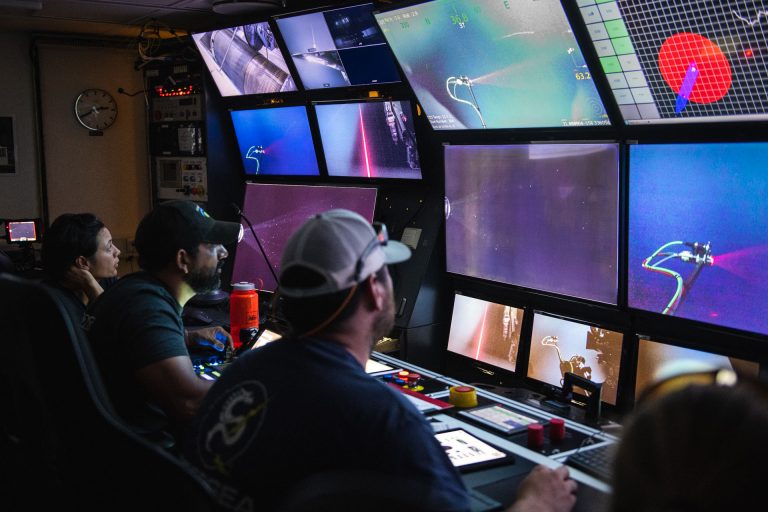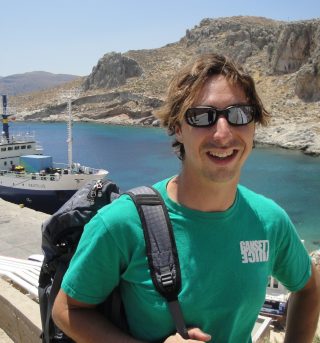A holotype is the type specimen of a new species to science; picture giant drawers of insects and shelves of pickled animals in jars in the research wings of natural history museums. When describing a new species, a biologist needs a holotype to compare against other known species that may be similar to it. The physical shape of the specimen (‘morphology’) – and increasingly, its DNA – are major descriptive examples used to classify a unique species. Depending on the animal (or plant) involved, the process of describing a new species is often long and rigorous – and relies on having a physical specimen. But what if you know you have found a new species, but you simply can not get a good holotype?
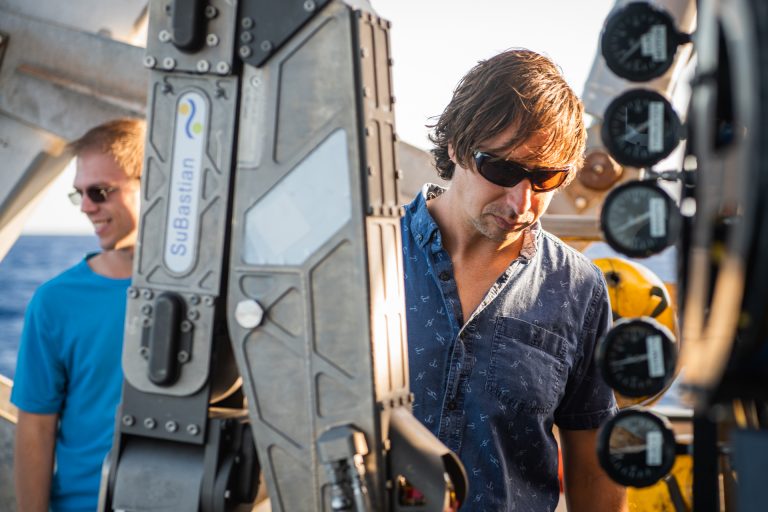
For deep-sea biologists, this is a real-world problem. Many deep-sea animals, particularly gelatinous zooplankton that reside primarily in the midwater zone (i.e. water column), remain frustratingly undescribed- even though in a lot of cases, there is a good chance they are new to science. There are limited tools available for sampling such delicate specimens, and navigating undersea vehicles like ROVs and manned submersibles to accomplish repeated collections is extremely challenging in its own right. What if we could get a good 3D-scan of a deep-sea animal (the morphology), and collect a little bit of tissue to sequence its genome: would that ‘digital holotype’ be enough to describe some of these ultra-delicate, hard-to-collect midwater animals?
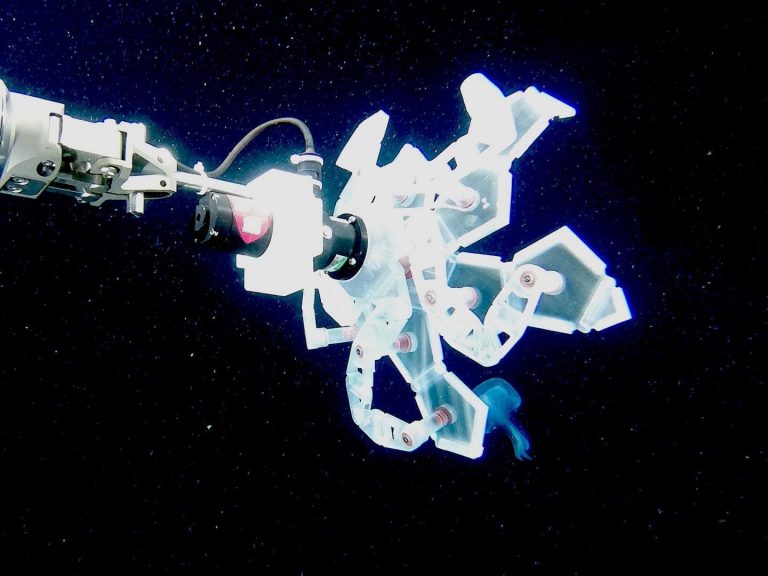
This is the challenge we are hoping to address on this expedition, “Designing the Future 2.” The University of Rhode Island, Monterey Bay Aquarium Research Institute, Harvard University, and the City University of New York/Baruch College have been working for almost four years to develop and integrate new visualization and sampling techniques onto the ROV SuBastian; we even did a short expedition halfway through in October 2019. Our ambitious goal is to demonstrate a technology-based workflow for extracting morphological, behavioral, and genetic information on the delicate and rare denizens of the deep midwater environment. Along the way, we expect to make advances in the fields of 3D scanning and reconstruction, flow visualization, and bioinspired robotics.
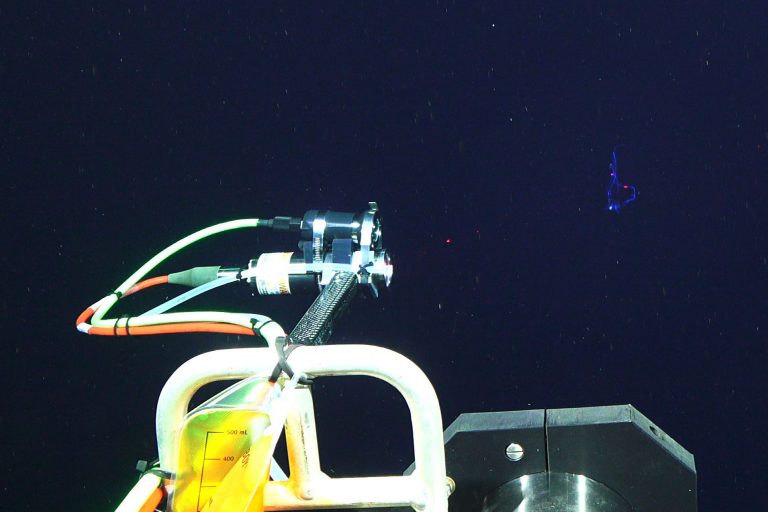
For this expedition, the ROV SuBastian gets outfitted with several new pieces of cutting-edge deep-sea technology. The 2nd-generation Rotary Actuated Dodecahedron (RAD2), a geometrically intricate 12-faced encapsulation device, is now equipped with a tissue sampling system that can preserve samples in situ for genomic sequencing. MBARI’s DeepPIV system, a laser-sheet scanning system capable of 3D reconstruction and flow visualization, is now alongside EyeRIS- a plenoptic light-field camera with an advanced lighting array. Together, we hope to encounter many delicate midwater animals – and (fingers crossed) something possibly new – and apply these new tools together, in hopes of advancing our ability to explore the deep sea.
